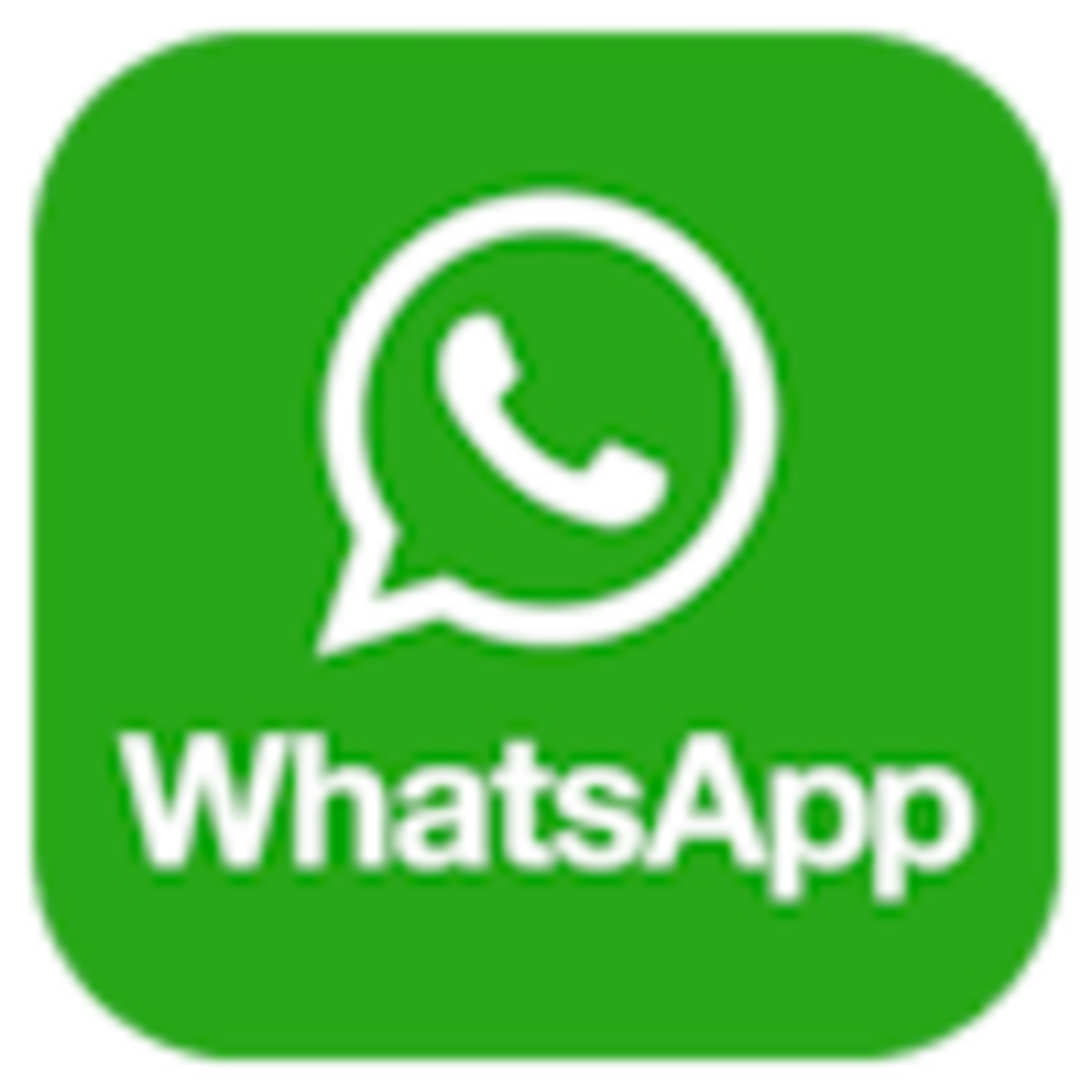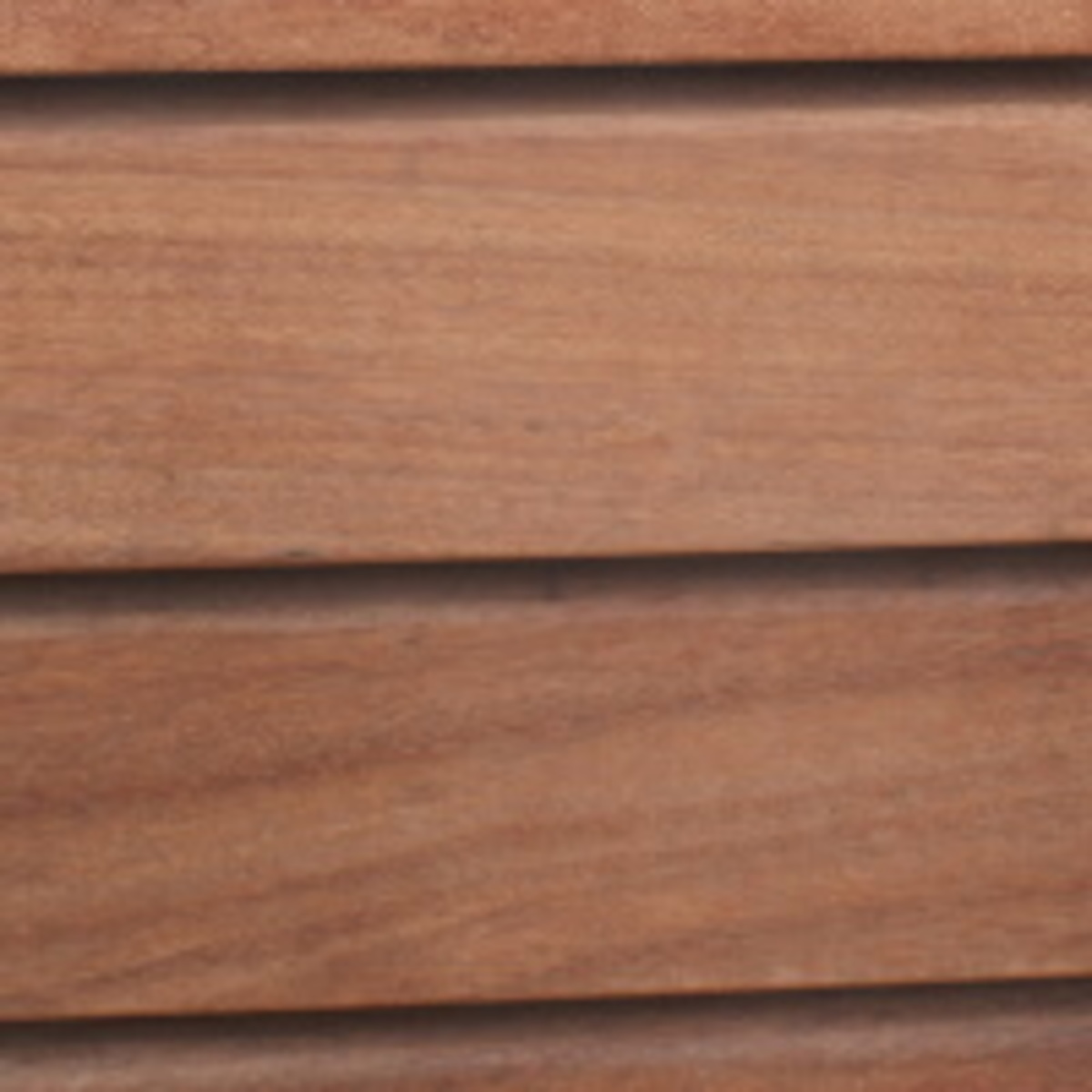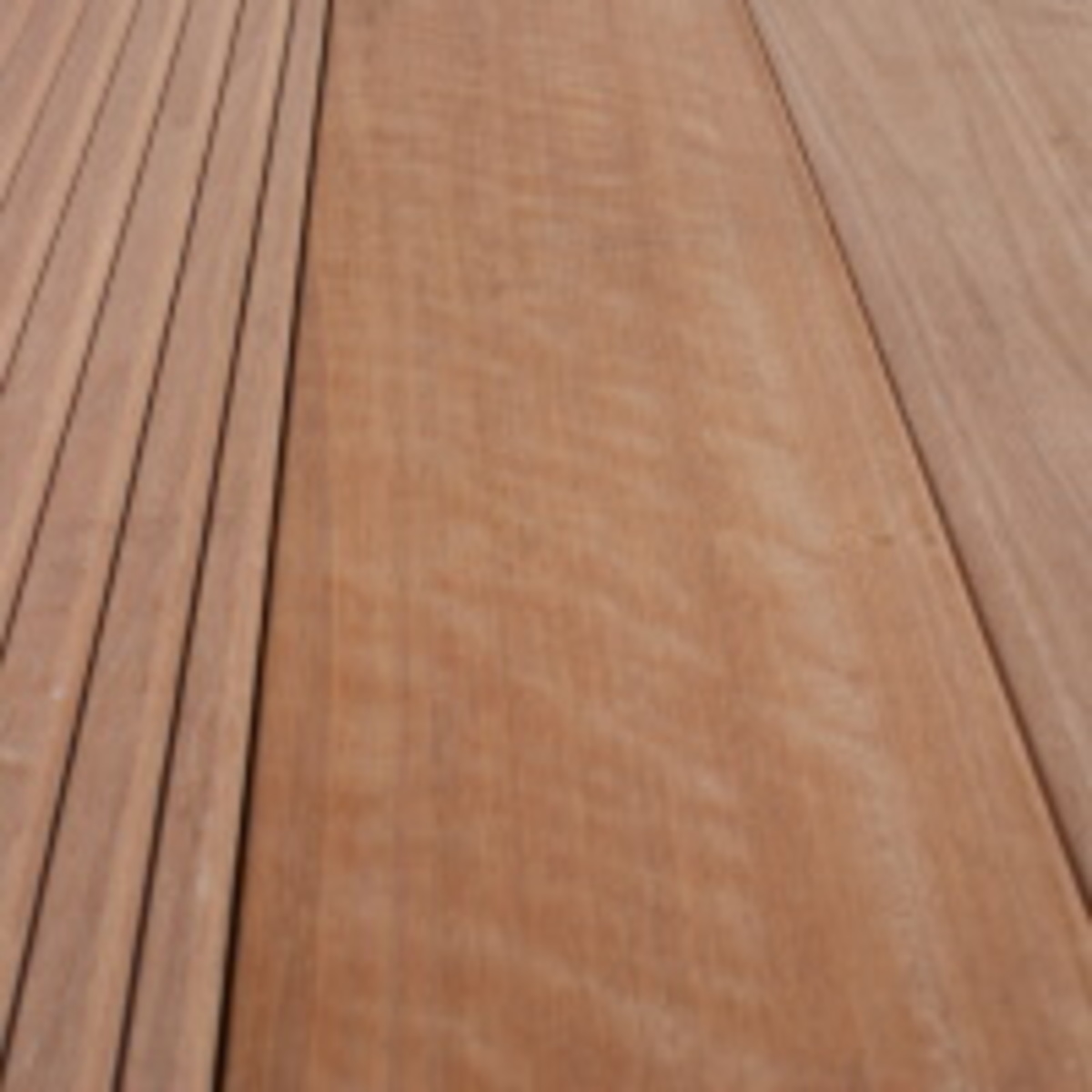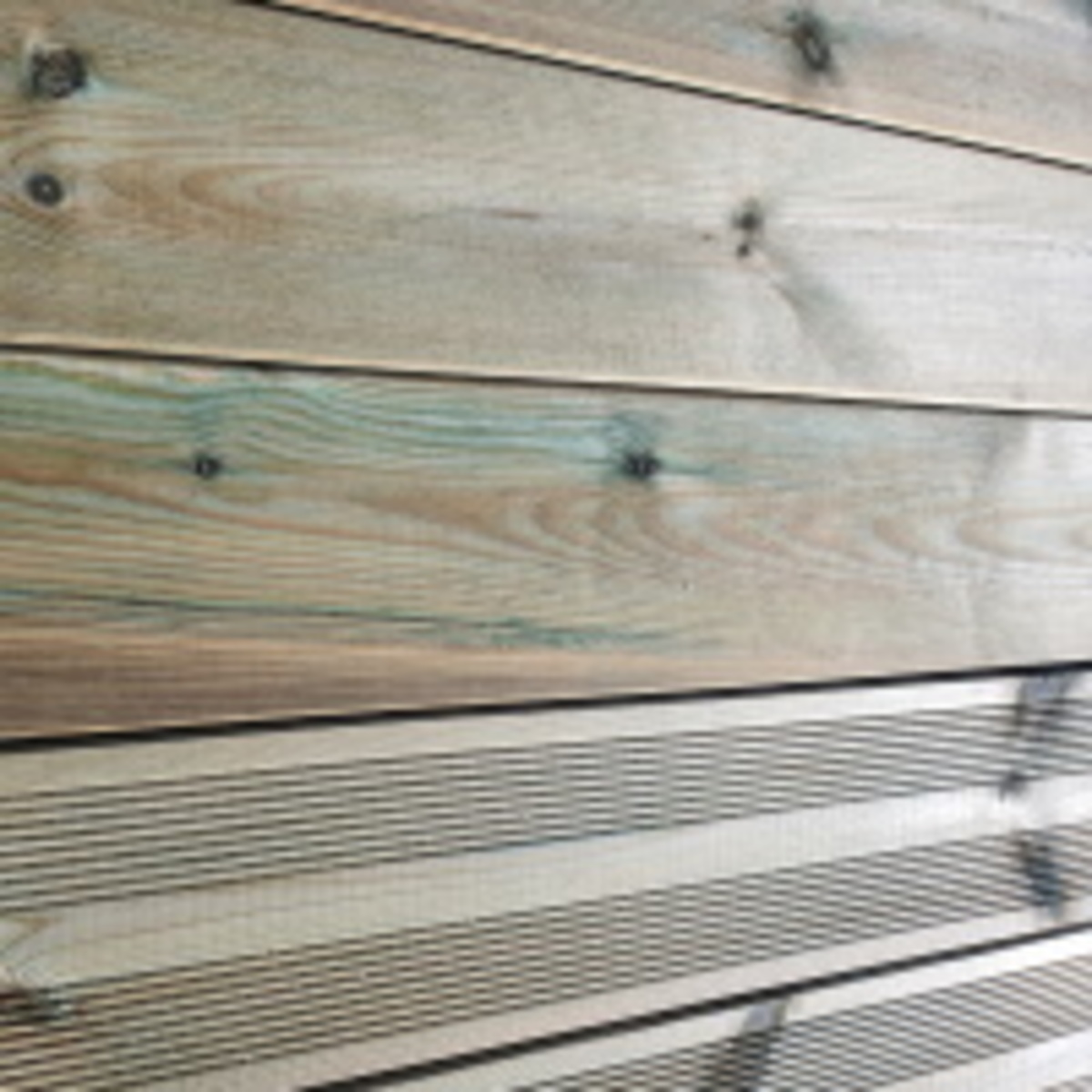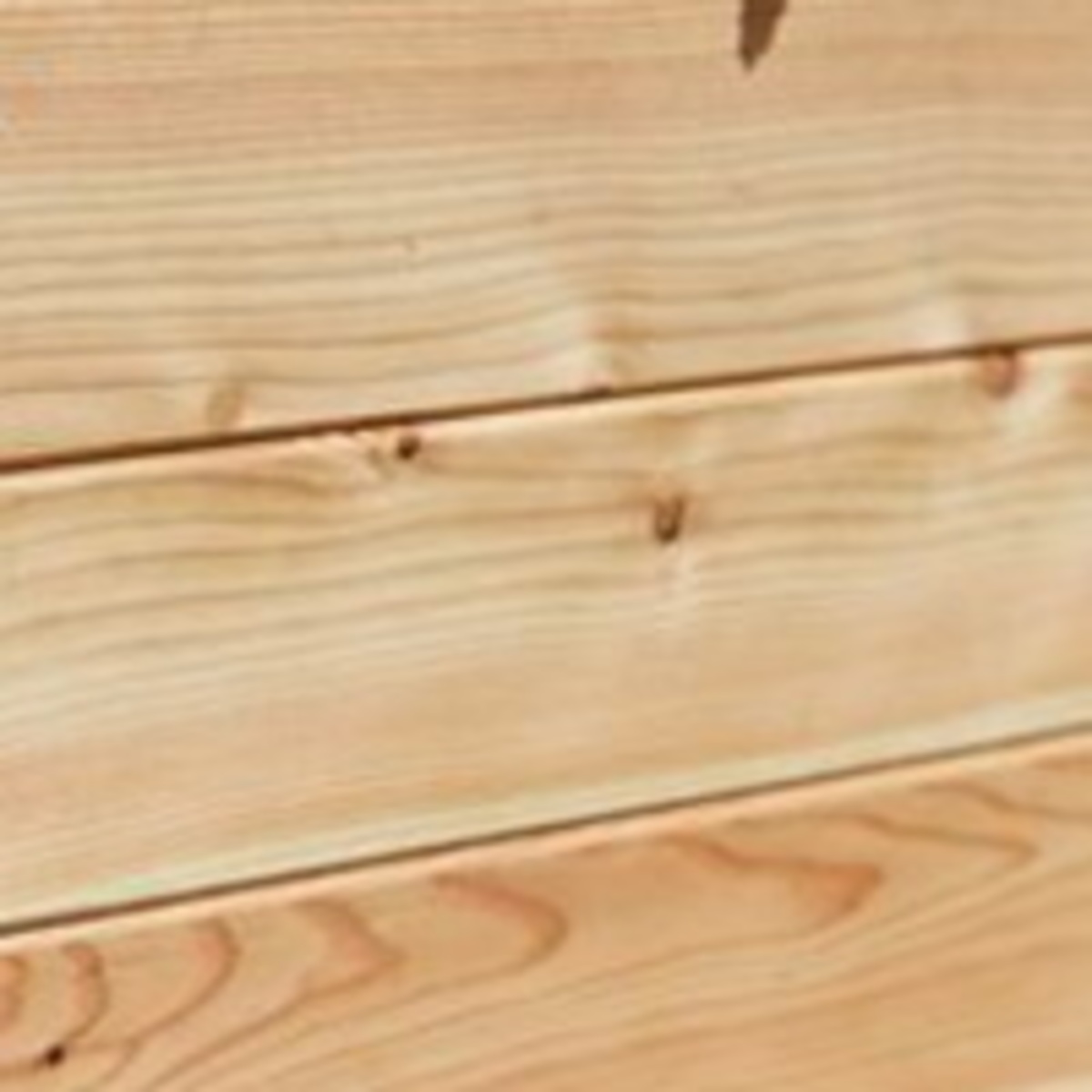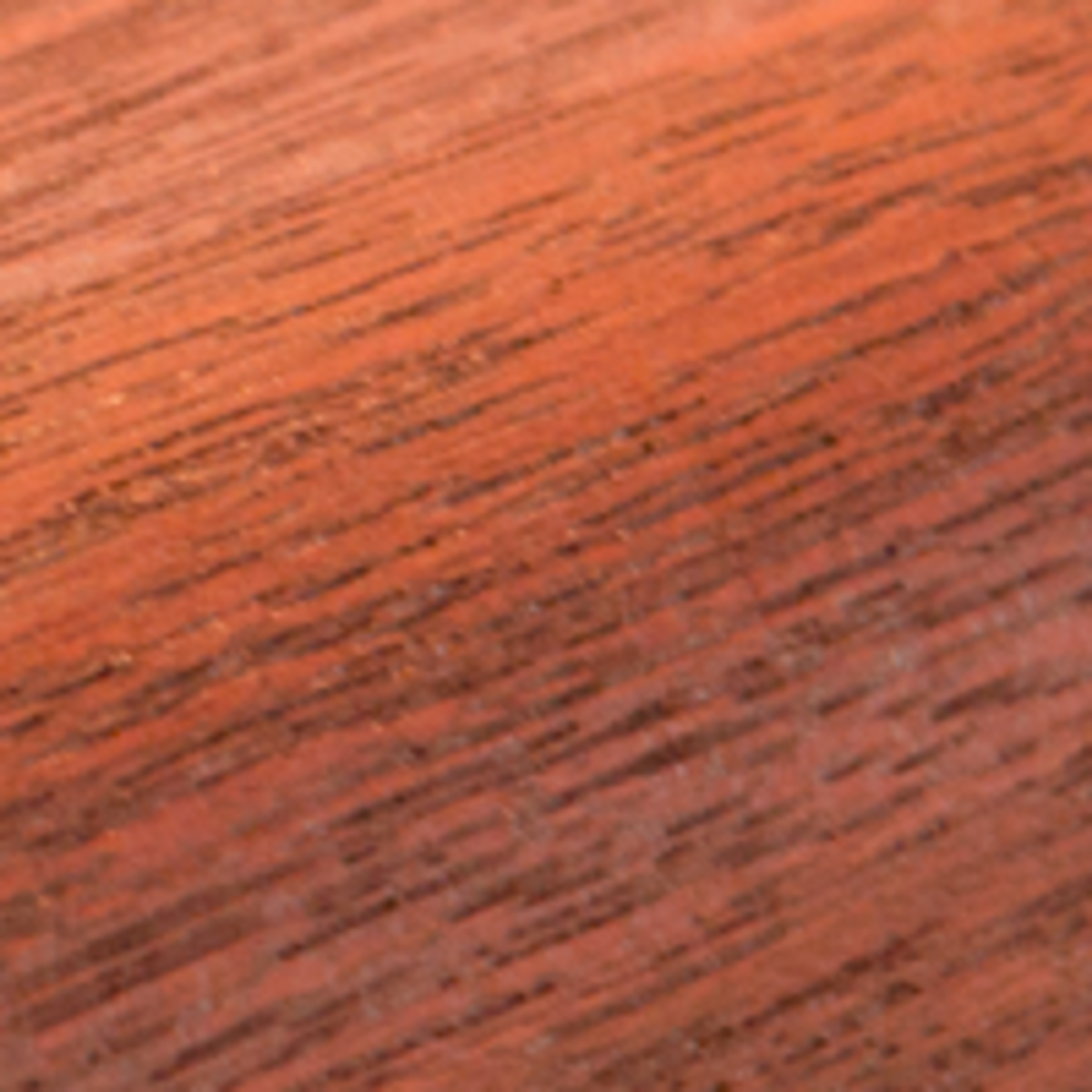WPC - Wood Plastic Composite
WPC - Wood Plastic Composite
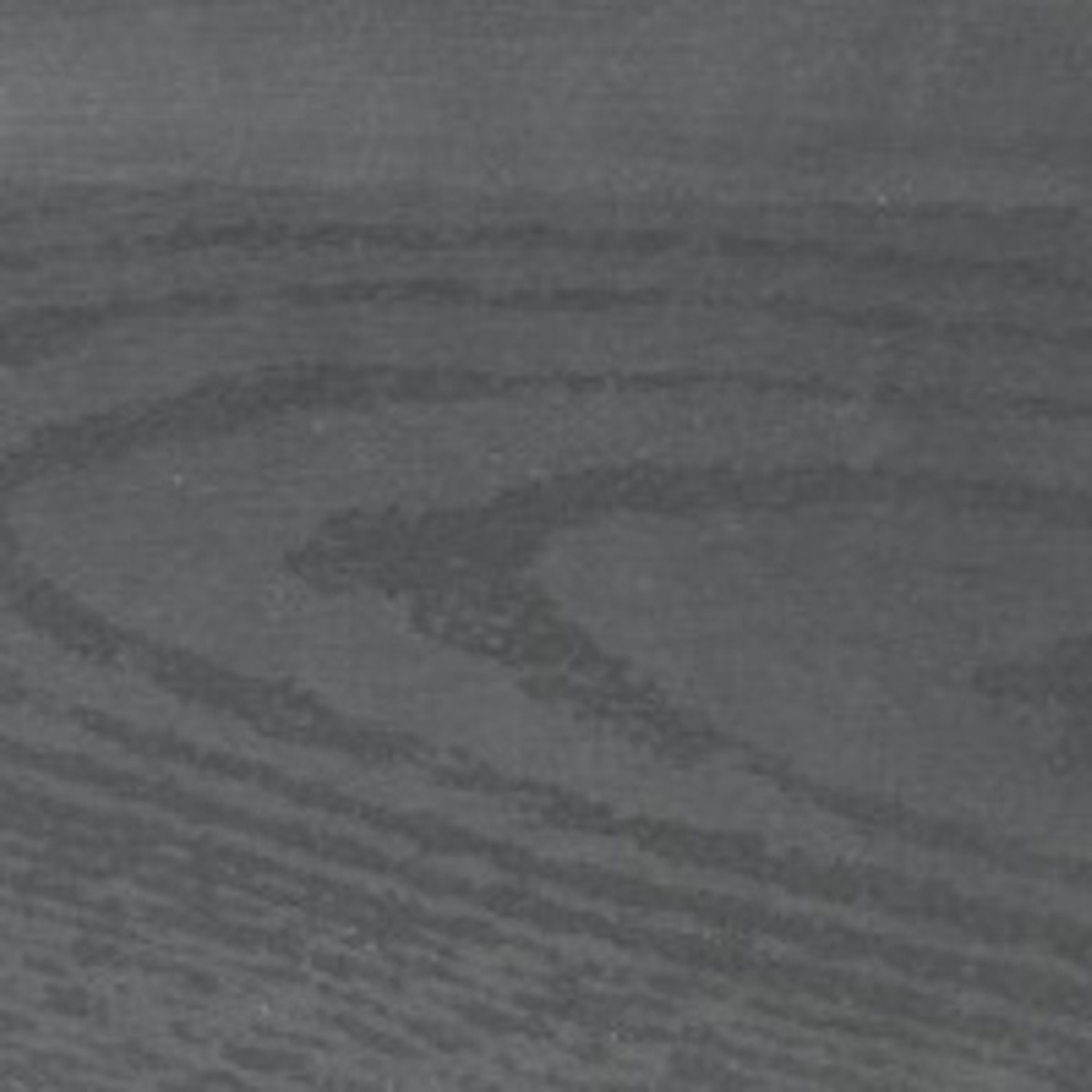

WPC - Wood Plastic Composite technical specifications
Origin: divers
Color: divers
Volumic mass: variable pending on manufacturer
Durability class: 3 to 2 - moderately to durable, 10-25 years
Application class: 3 to 4 - outdoors, with ground contact
Hardness according to Janka: very low
Resistance to fungi: 4 - durable
Resistance to insects: D - durable
Resistance to termites: D - durable
Deterioration: Medium to large
Machining: Easy
Screwing and nailing:
Nailing: impossible, screwing, very bad adhesion, WPC is very fragile
Comments: Please see the other text on this page
Wood composite
At first: I can be very brief about wood composite: if you are not sure about the quality, then do NOT buy it! You will probably regret it ... Provided it is of good quality and if placed / processed correctly, wood composite can be a very nice material to use in your garden.
Unfortunately there is perhaps no product as difficult to judge as wood composite; you can only be sure after laboratory tests or if you buy it from a supplier with years of experience, who has tested several types himself and can show you the result!
First, I would like to point out the weaknesses of wood composite:
Fragility:
- Wood composite is a very soft and fragile material. You cannot screw in it, the screw will not stay in place without the material being reinforced with steel. If you put down a chair with force, or, for example, drop a hammer, there is a high risk getting a hole in your board.
- Wood composite decking boards can only be installed with clips and there is a high risk that the edge where the clip slides over will break.
- With wood composite dekking, nothing is as important as the structure, the installed beam layer under the deck. This must be extremely flat so that the wood composite decking can be placed completely stress-free. With wood decking you can correct something with some screws and bending, forget about that with wood composite.
- I strongly advise NOT using wood composite for the structure, this works too much and screws will come out. Spend a little more money and find good hardwood timber, place this extremely accurately, crossed in a double layer, then use a good wood composite decking board and then you have a deck which you can enjoy for years to come!
Deformation:
Many people think that wood composite does not work like wood ... WRONG !!! Almost all wood composite decking works even more than wood, they heat up very quickly in the sun and expand a great deal in the length direction. The bad planks also warp and shoot out of the clips ... you don't want to experience that, because you have to re-construct your deck ... pushing it back and fixing it with a screw cannot be done.
UV resistance:
Nothing is as important with wood composite as UV resistance; plastic will be burned away by the sun, and without good, expensive anti-UV components in the composition, your board will simply start to pulverize after a few years. I have seen decks completely crumbled after less than 10 years, which is a shame!
Composition:
Well .... that is really the hardest point, what do people put into it? Good raw materials are expensive and so the wood composite board also becomes expensive ... but a high price is no guarantee that you have a good board! A low price is a guarantee that you will buy a bad deck; just forget the offers of 30 € per square meter, from my experience you cannot really buy a reasonable to good wood composite decking below 50 €/m²...
That said, back to the basic ingredients of wood composite:
Wood or filler:
Wood is generally used to give the decking its firmness and volume. Again, the quality of the wood used is of the utmost importance ... For example, sawdust from hardwood (rare) or softwood can be used, recycled (not a problem when properly filtered and cleaned) or new wood . But there are also manufacturers who use rice shells... not sure you want that in your decking ...
Normally the wood component is enclosed in the plastic and therefore in not exposed to the weather conditions. Only where the plastic wears away does the wood come into contact with the outside air and a poor quality could rot.
Plastic:
The same applies to the plastic component, the quality; new or recycled. Again, recycled is no problem if it is good plastic. However, with recycled and unsorted plastic waste (cheap) there can be many different types of plastic in it, just think of garbage bags or foil ... Not really the good raw material for a decking board!
The chemical components:
It gets a bit boring but again the quality; good UV protection is of the utmost importance! Especially with the dark colors such as anthracite, the sun has a lot of effect on the plastic and with poor protection this just burns away! Furthermore, the binders, the "glue" that holds the different substances together, must be of very high quality to guarantee a long life time.
In 2008, after extensive market research, we started selling wood composite and at the time I thought I had a reliable supplier with good quality ... Unfortunately, I soon realized that it turned out to be a bad product and I Immediately stopped selling, this mistake has cost me a lot of money to compensate customers ... Then I went to various manufacturers, including hardware stores, to buy different boards and first put them outdoors for a few years to see how the various boards would react over time. At that time I completely deleted wood composite from our product range since I lost confidence. Now, 12 years later, there are only 2 manufacturers of all brands tested for which I can say they are selling a good product! These brands are:
PLUS from Denmark (no decking, only fence materials)
Duowood, nowadays sold under the brand name Eva-Last by Elephant by Dekker Hout. The tested 21 cm wide wood composite decking board remains very beautiful, hardly works and appears to be very strong.
These are therefore the only wood composite products with which I'll continue in our product range!
